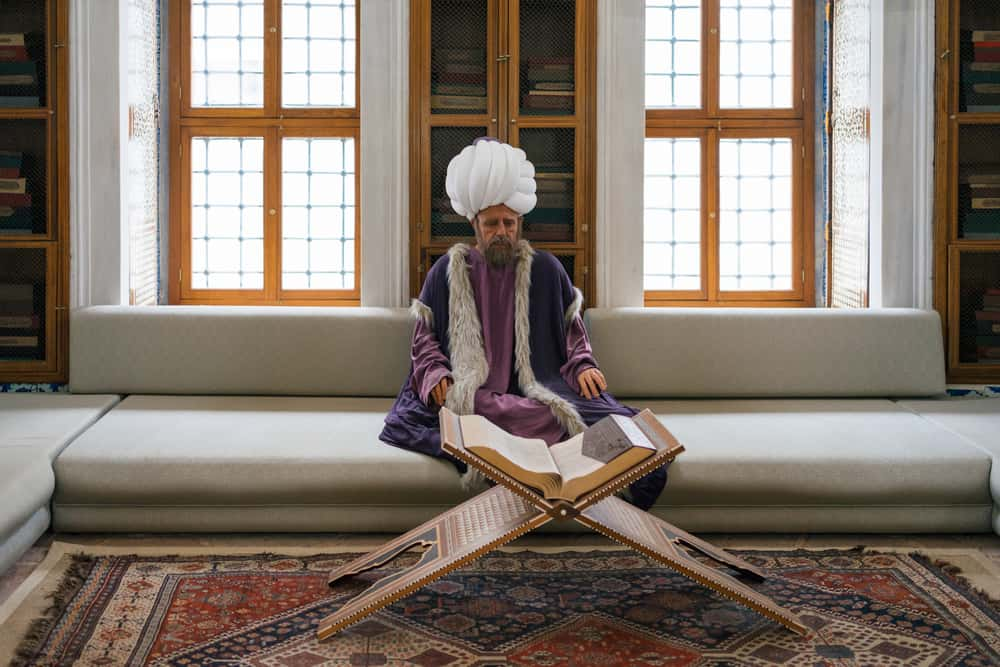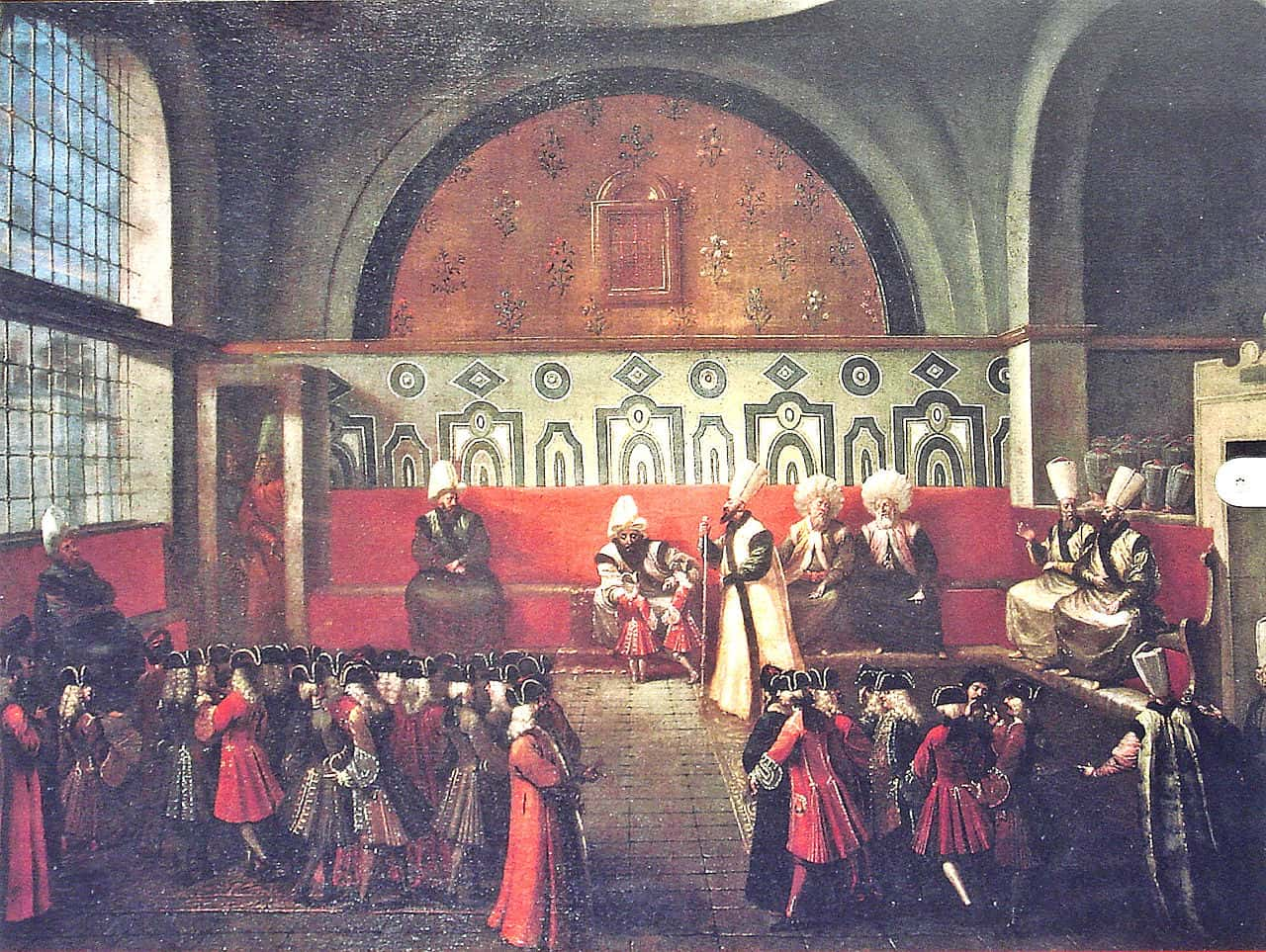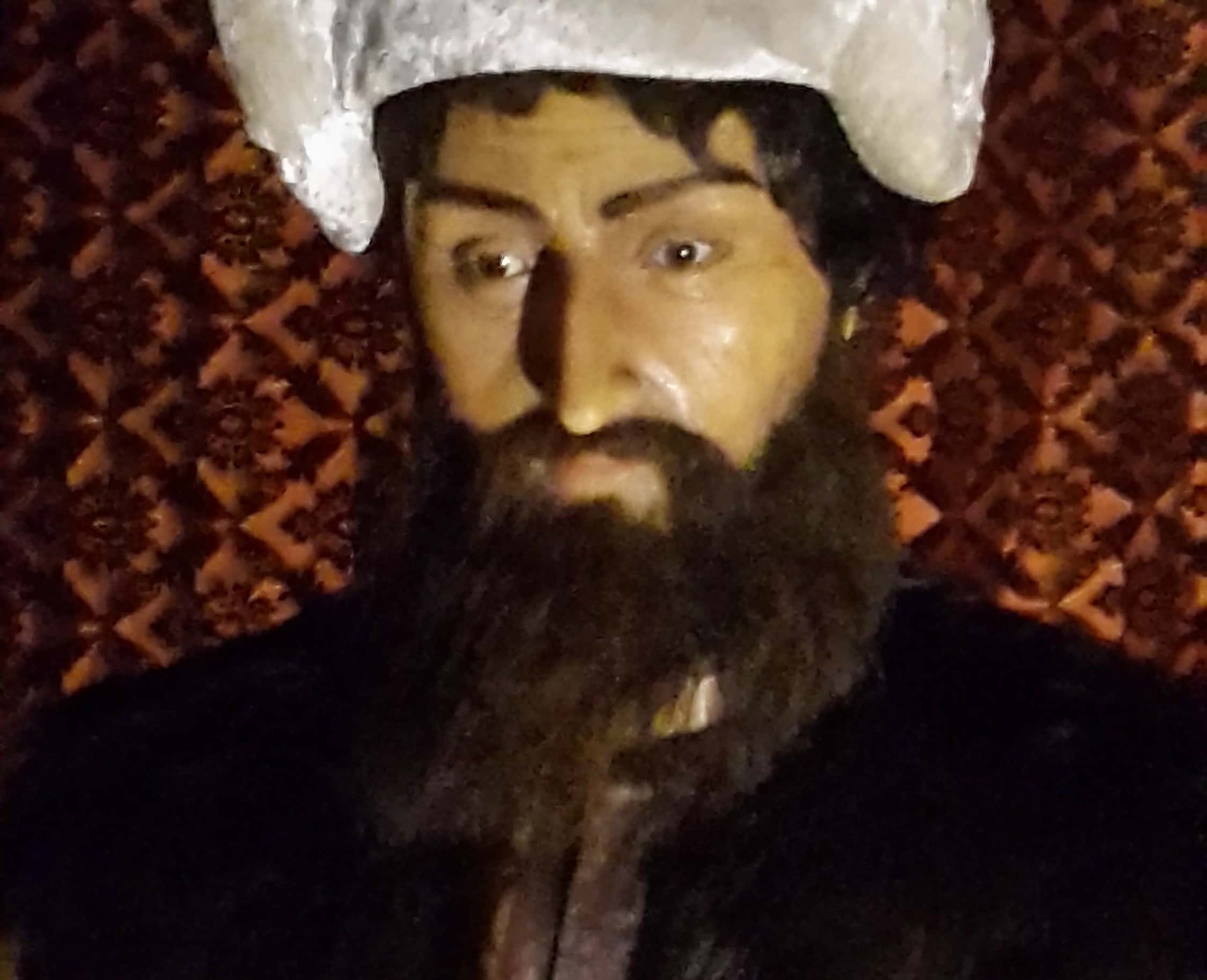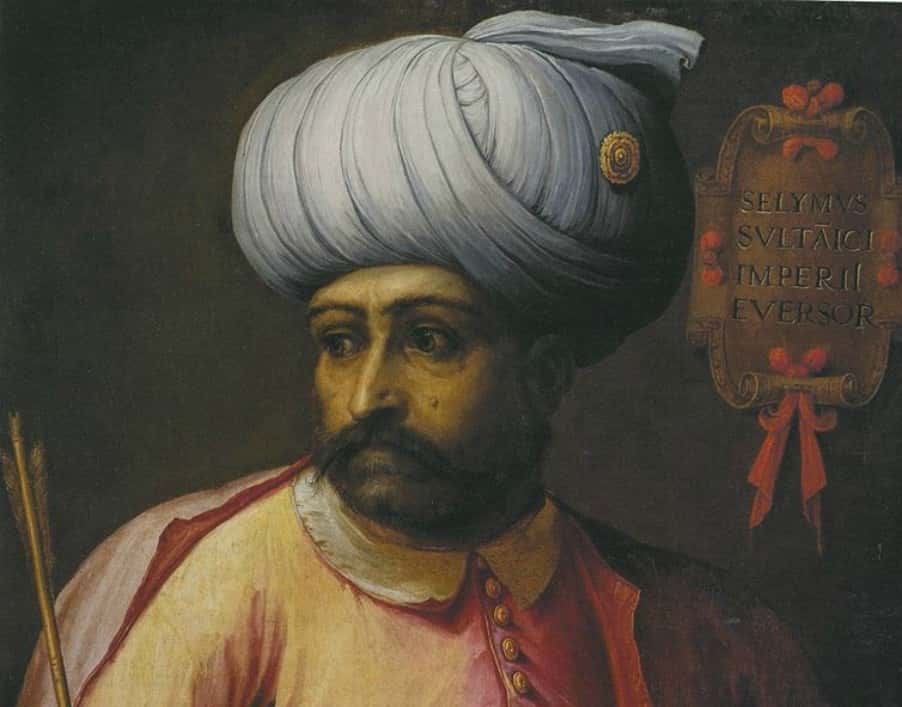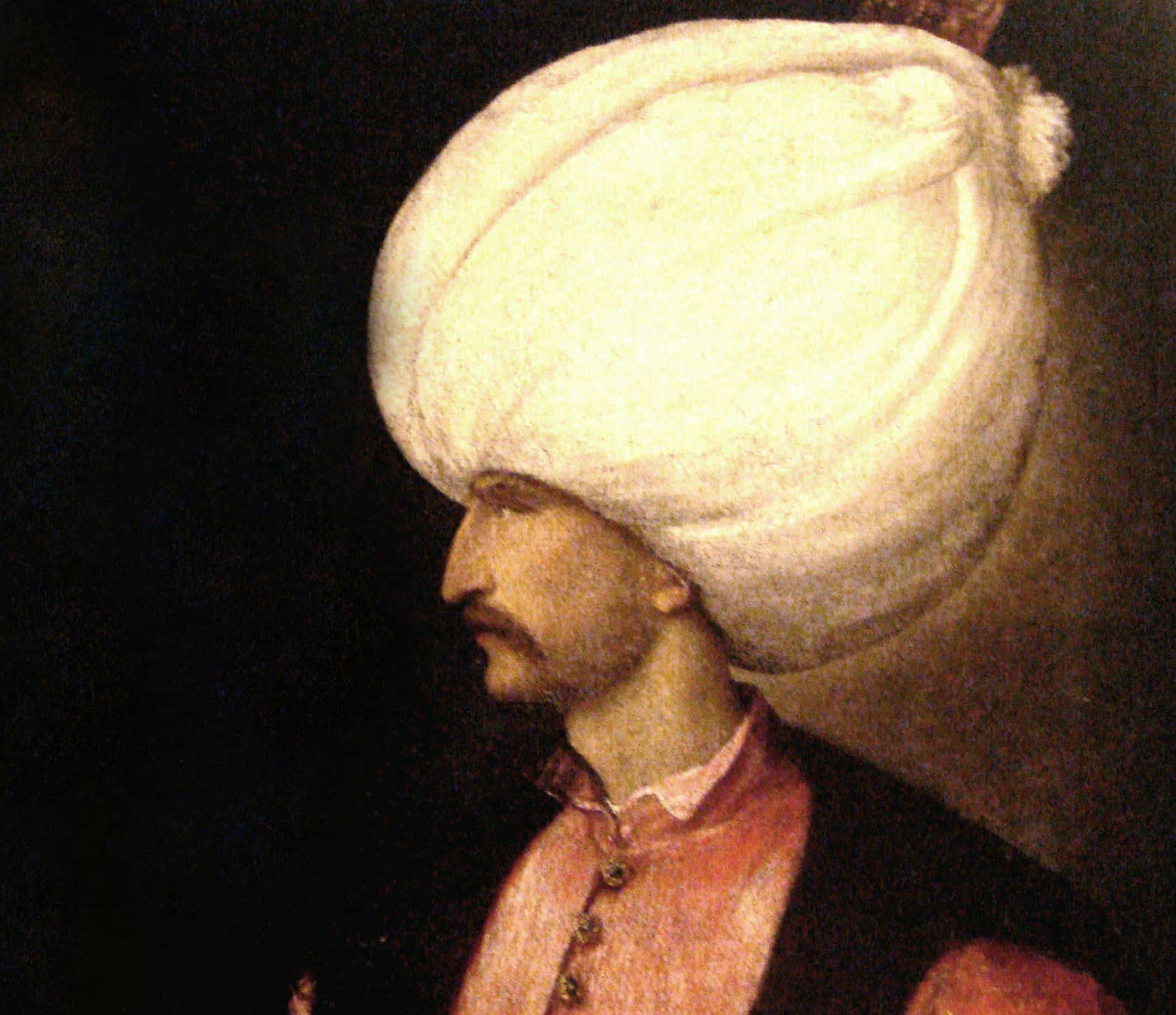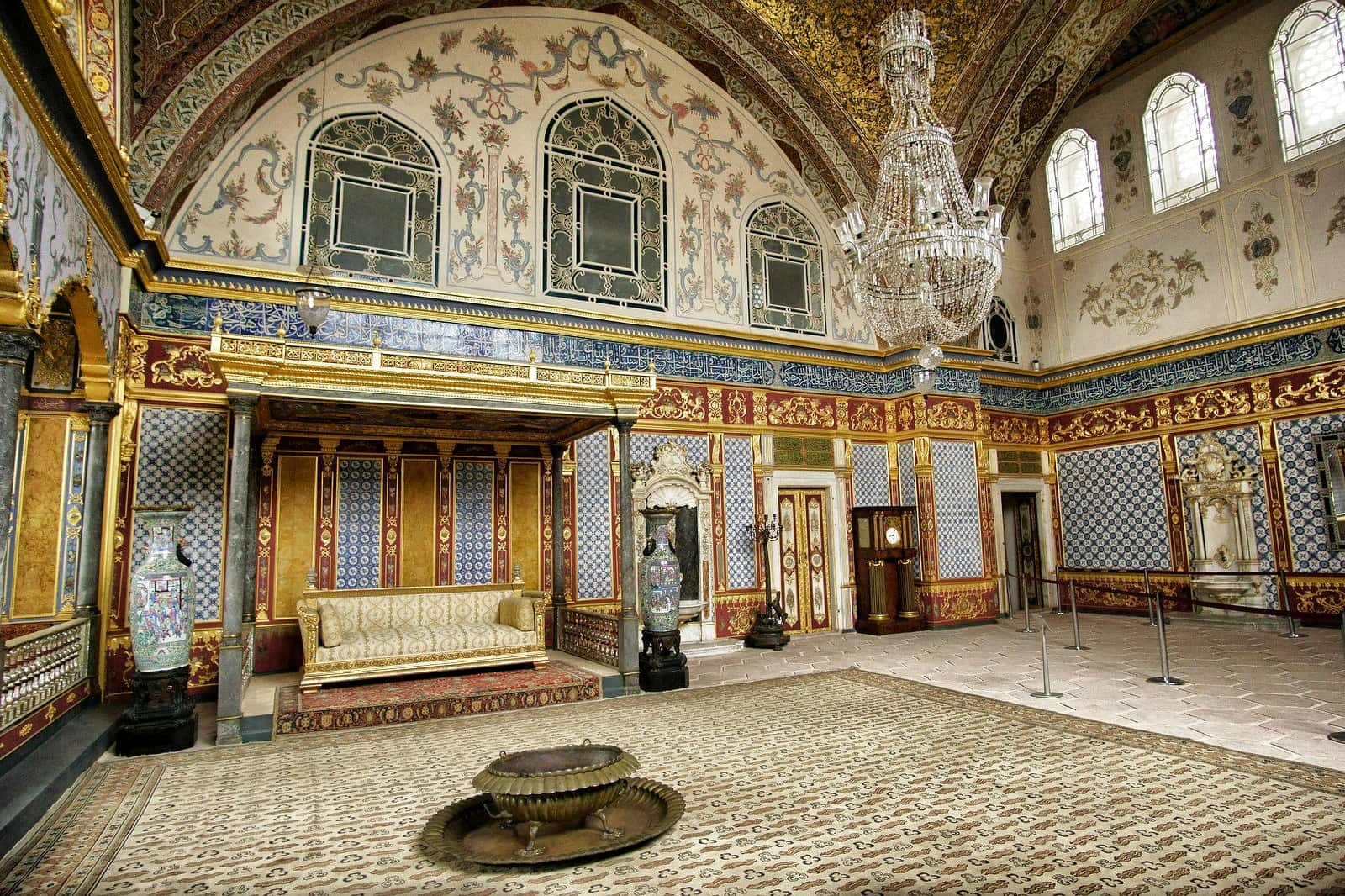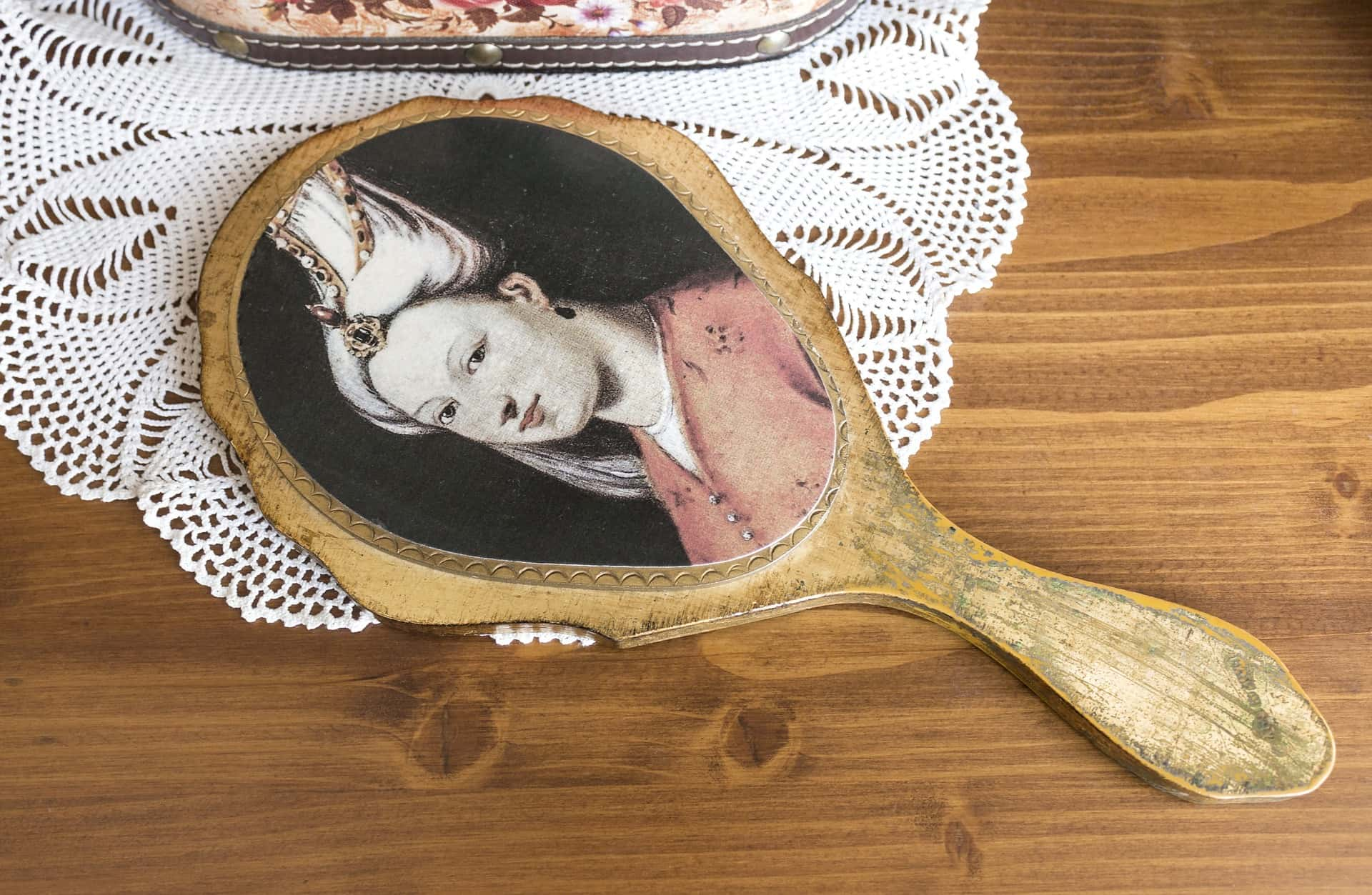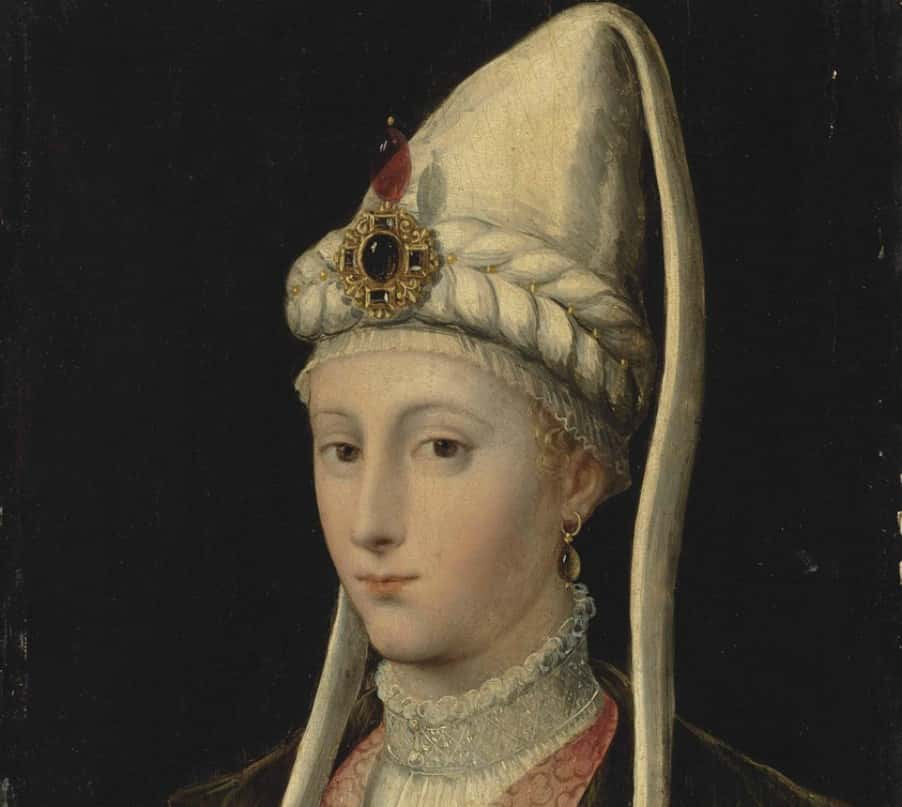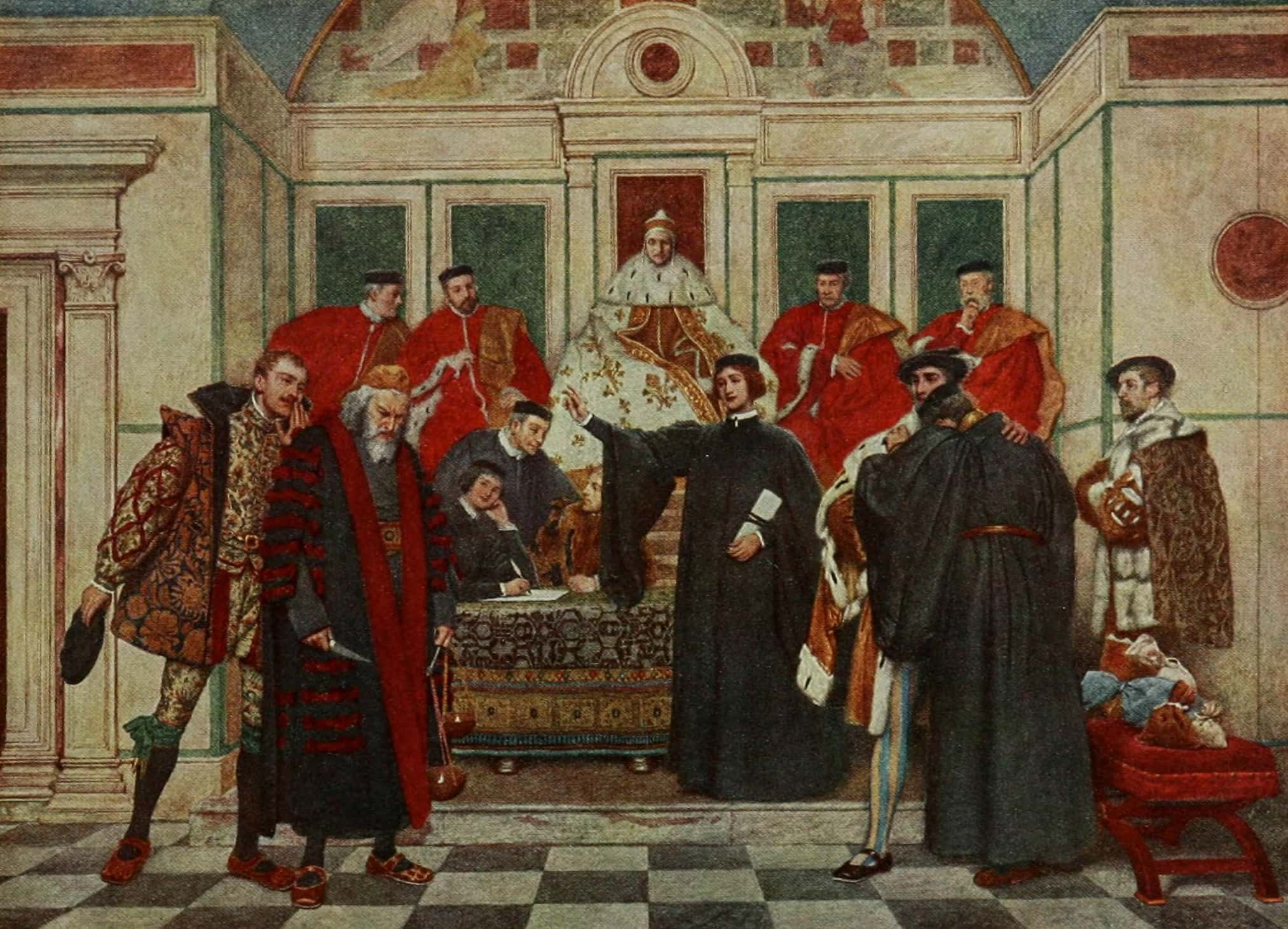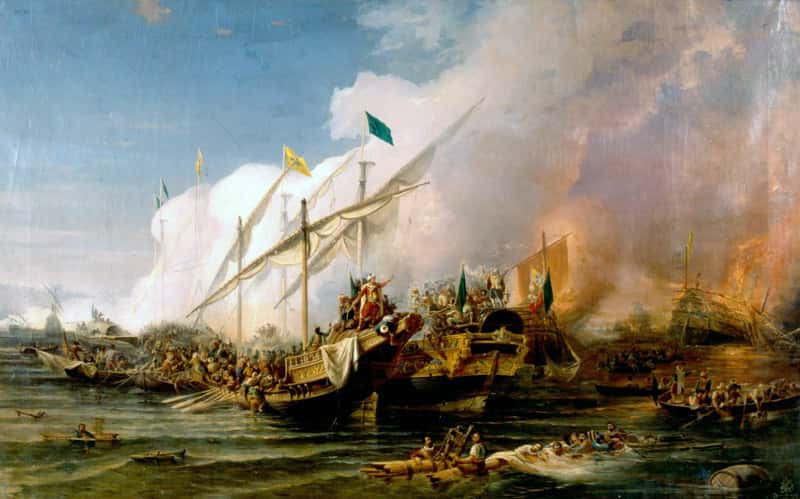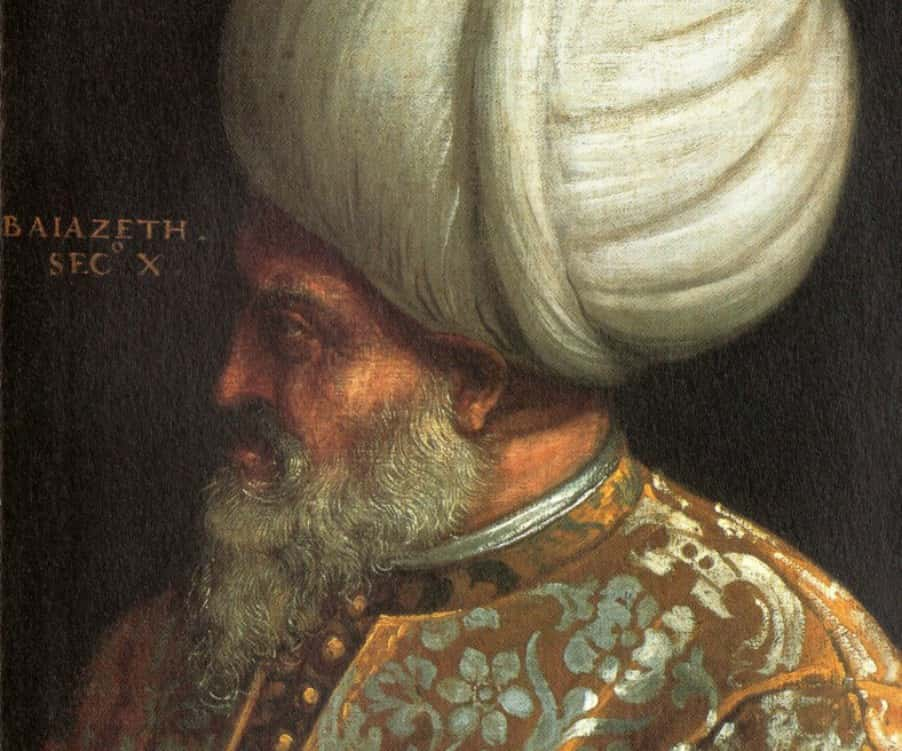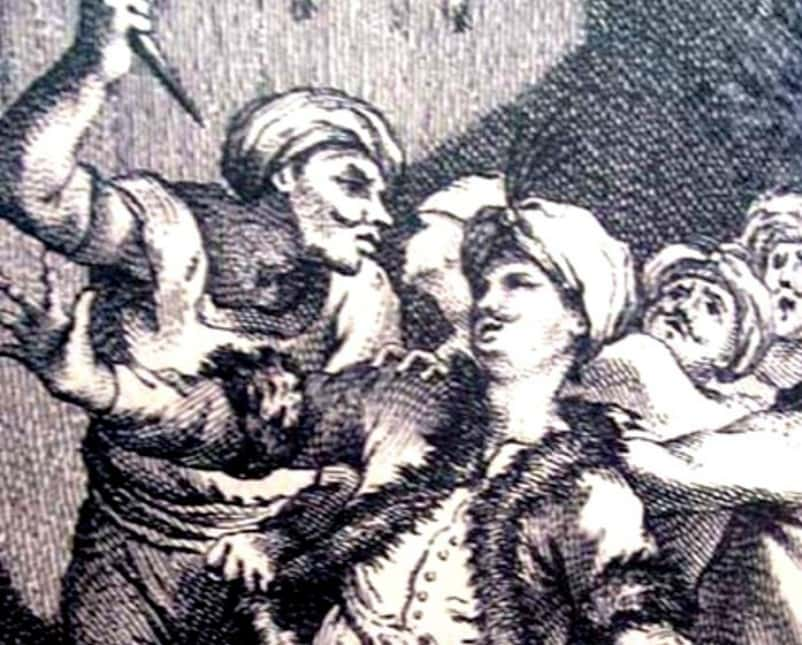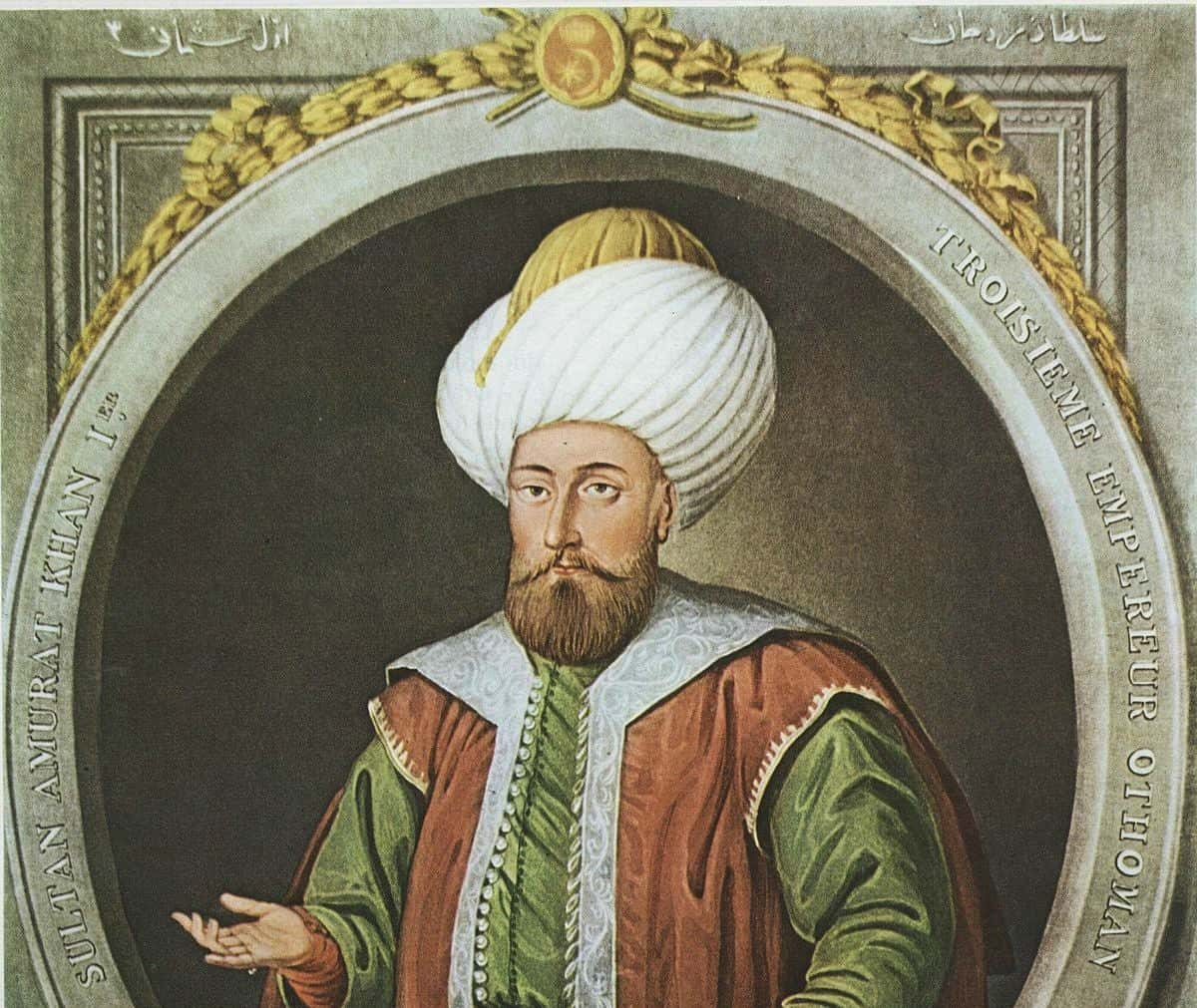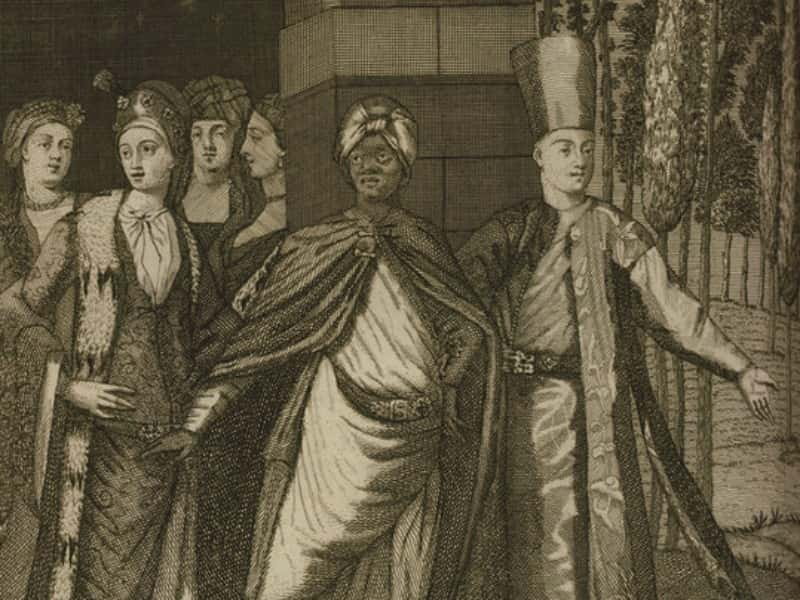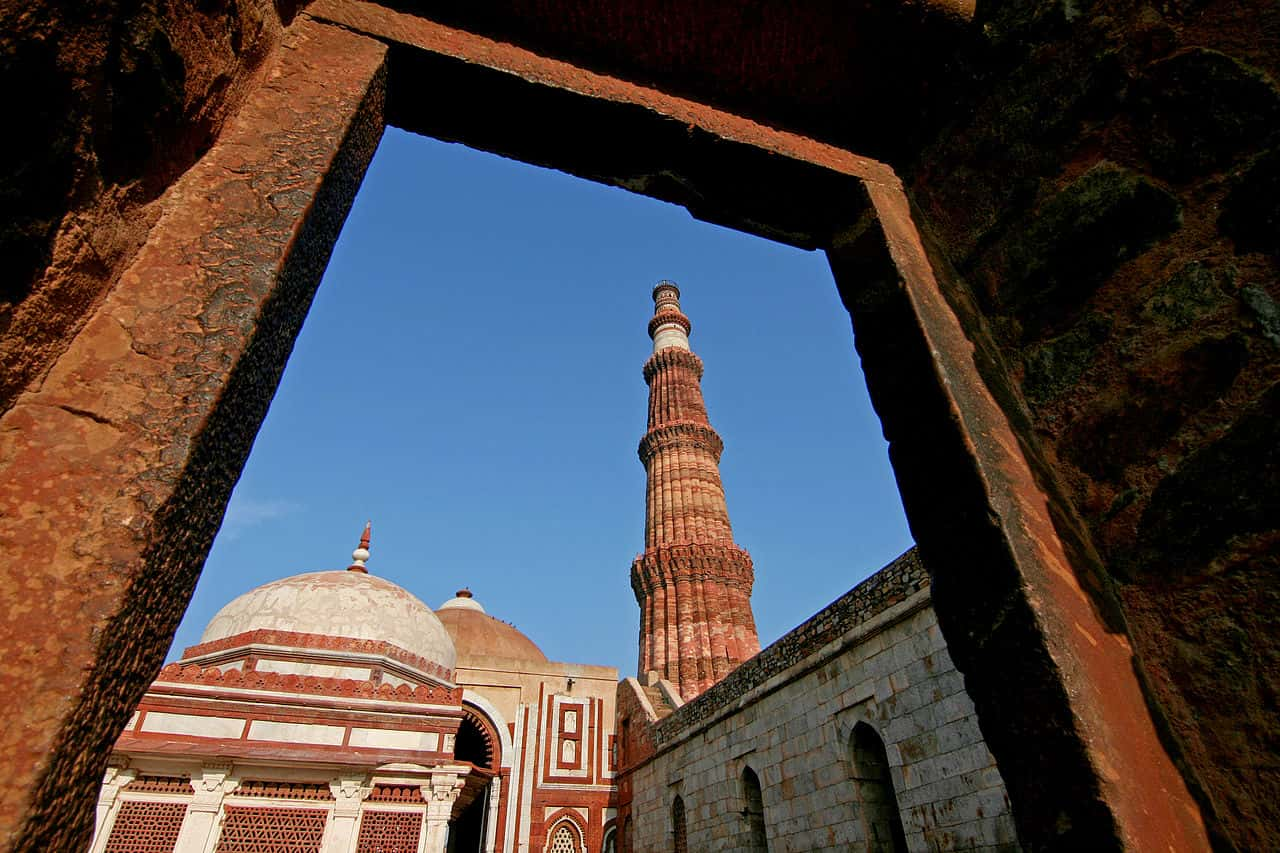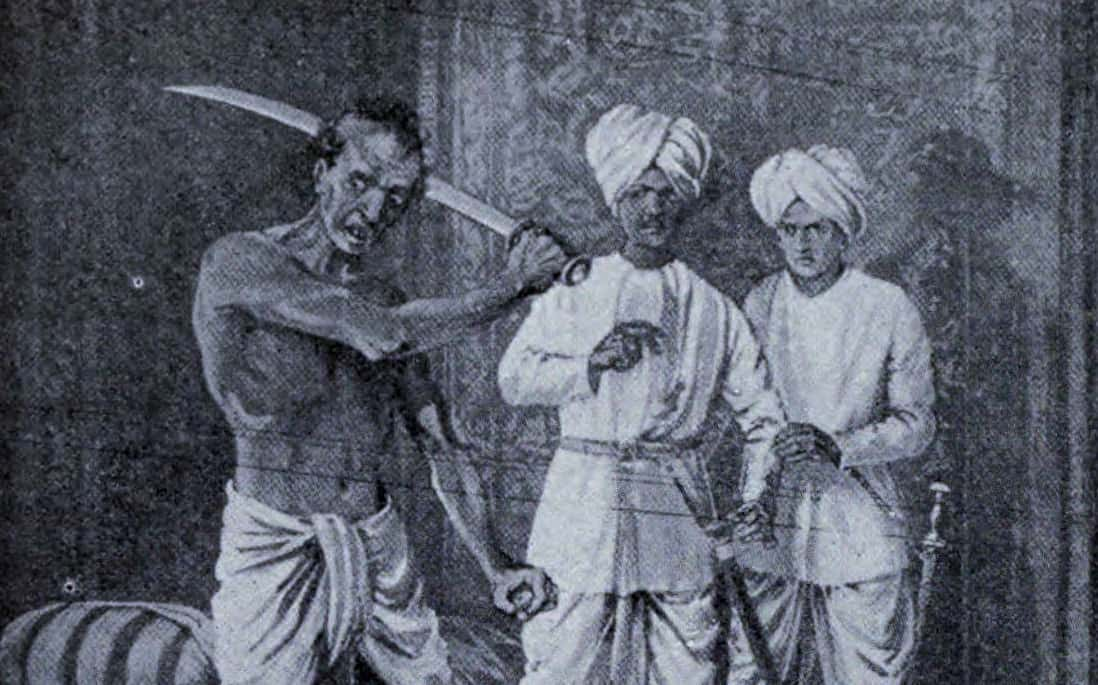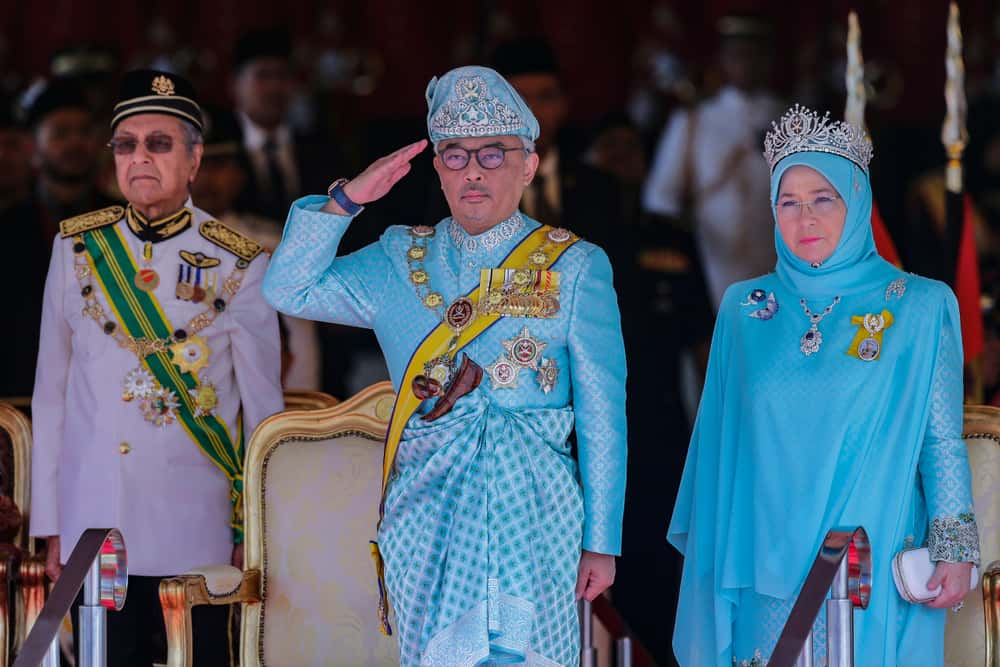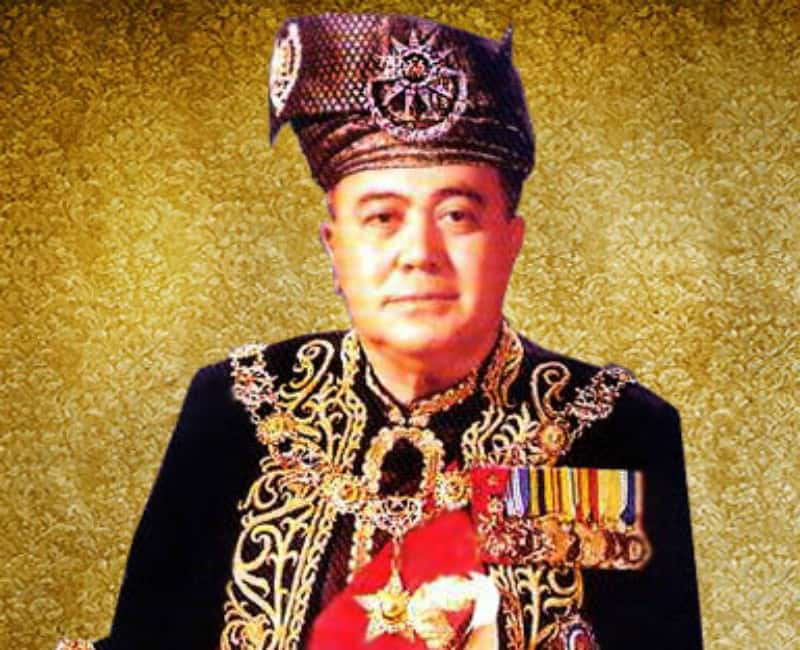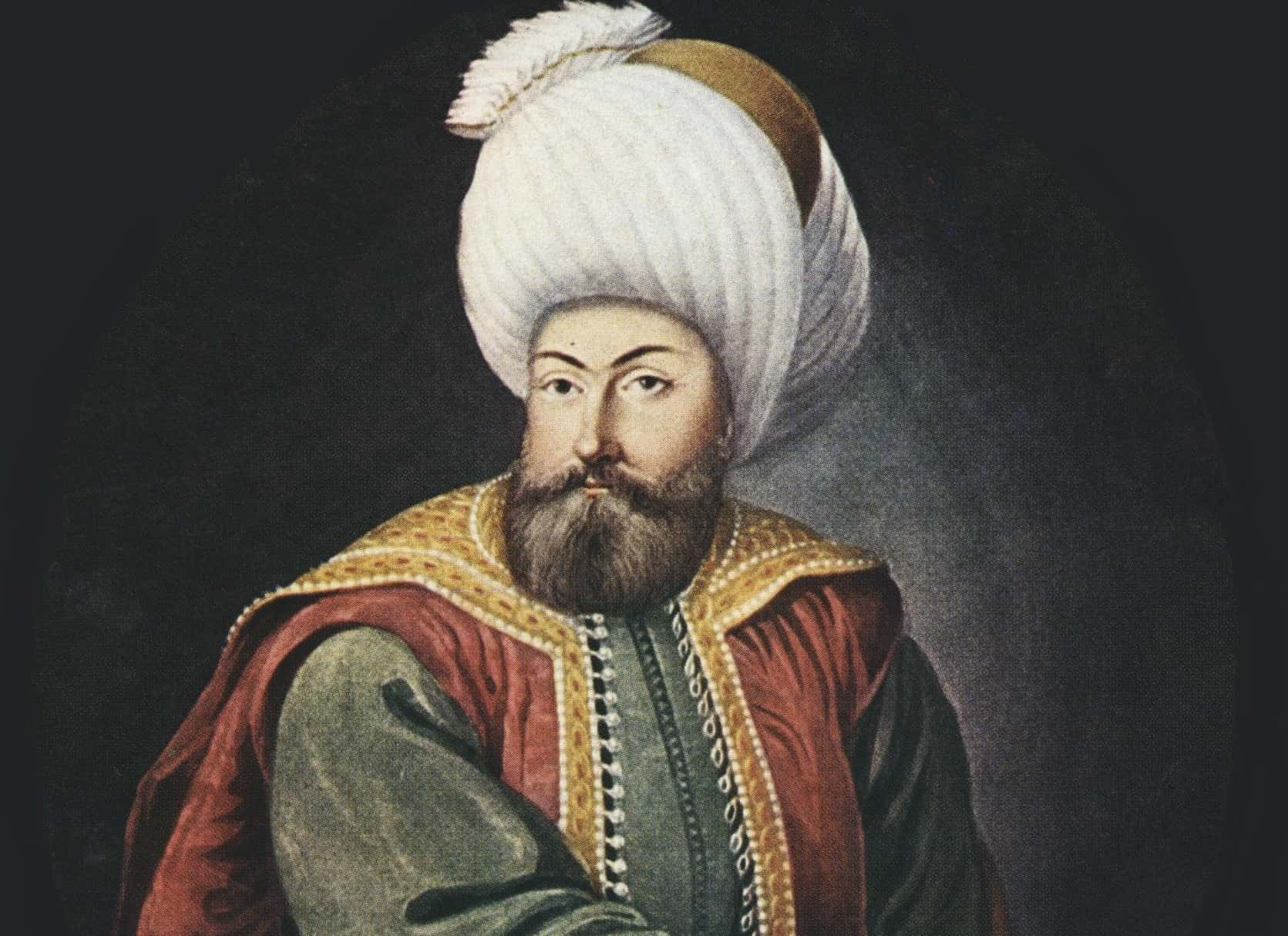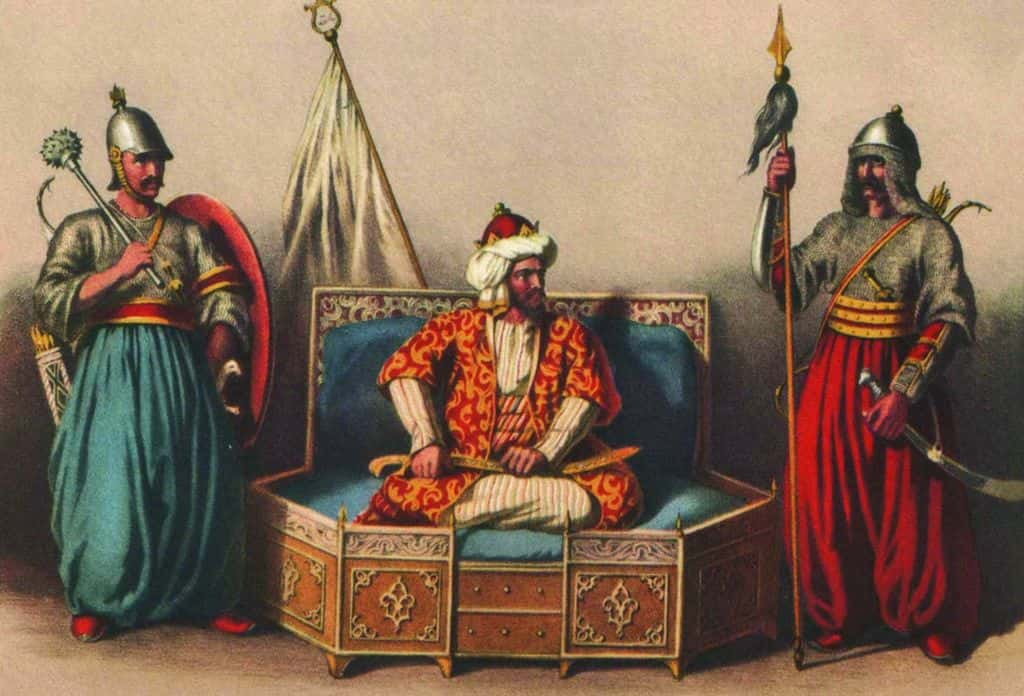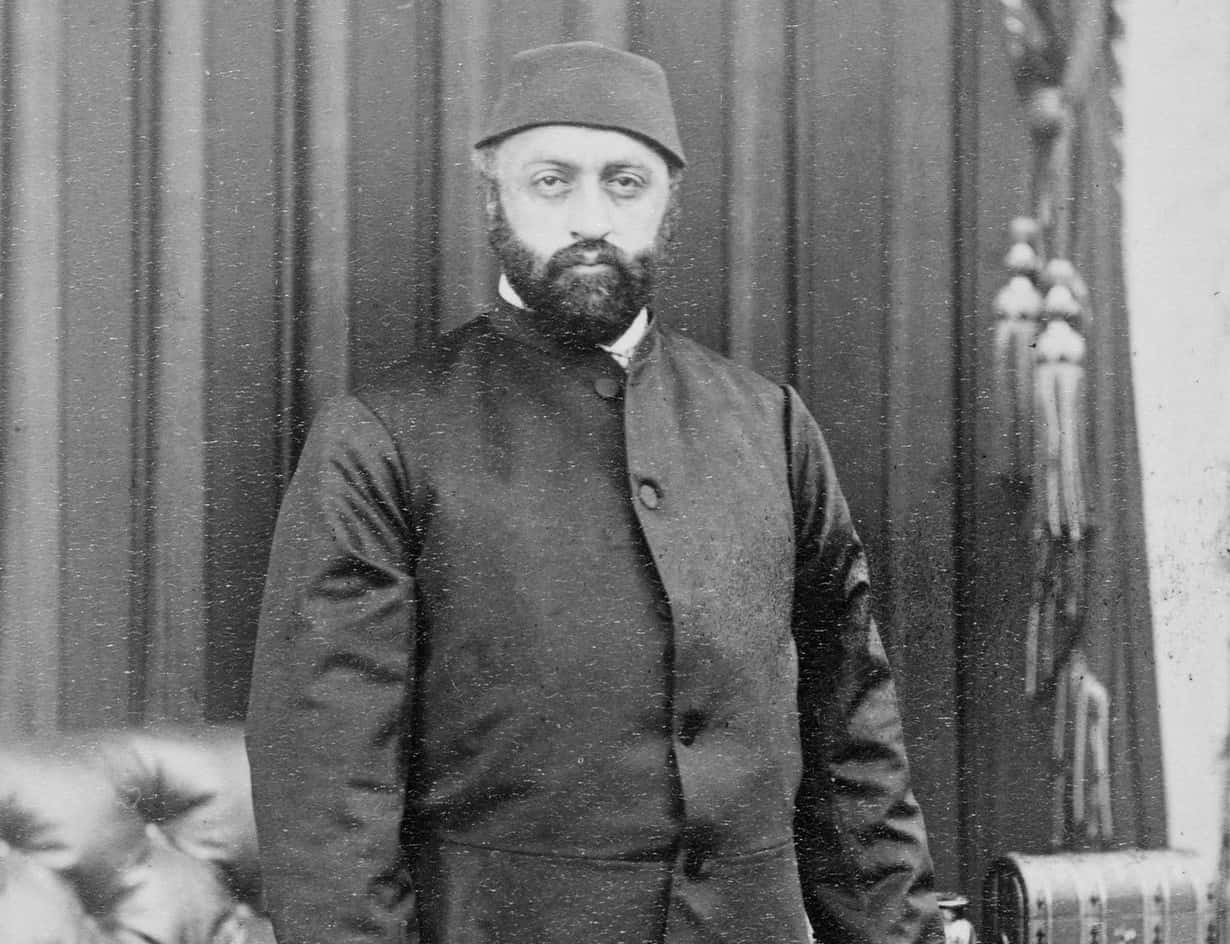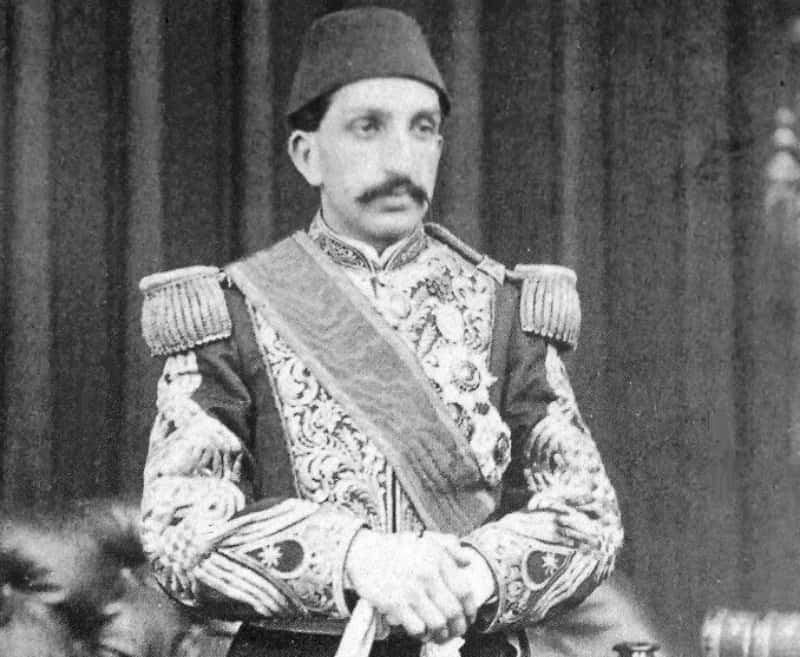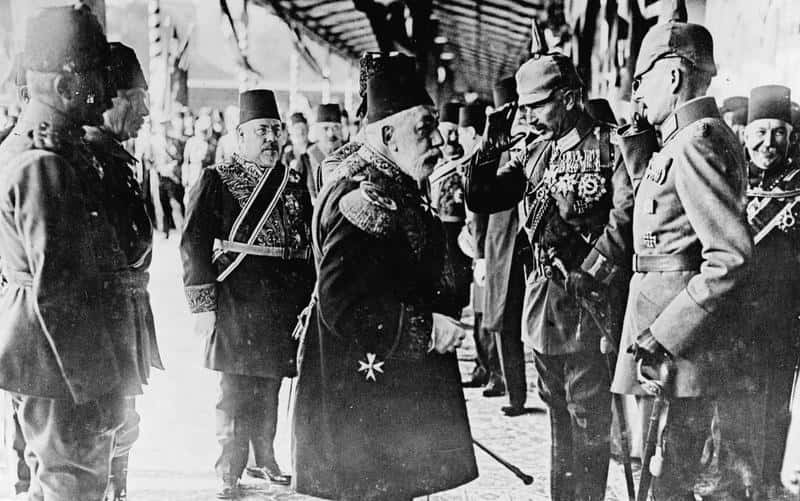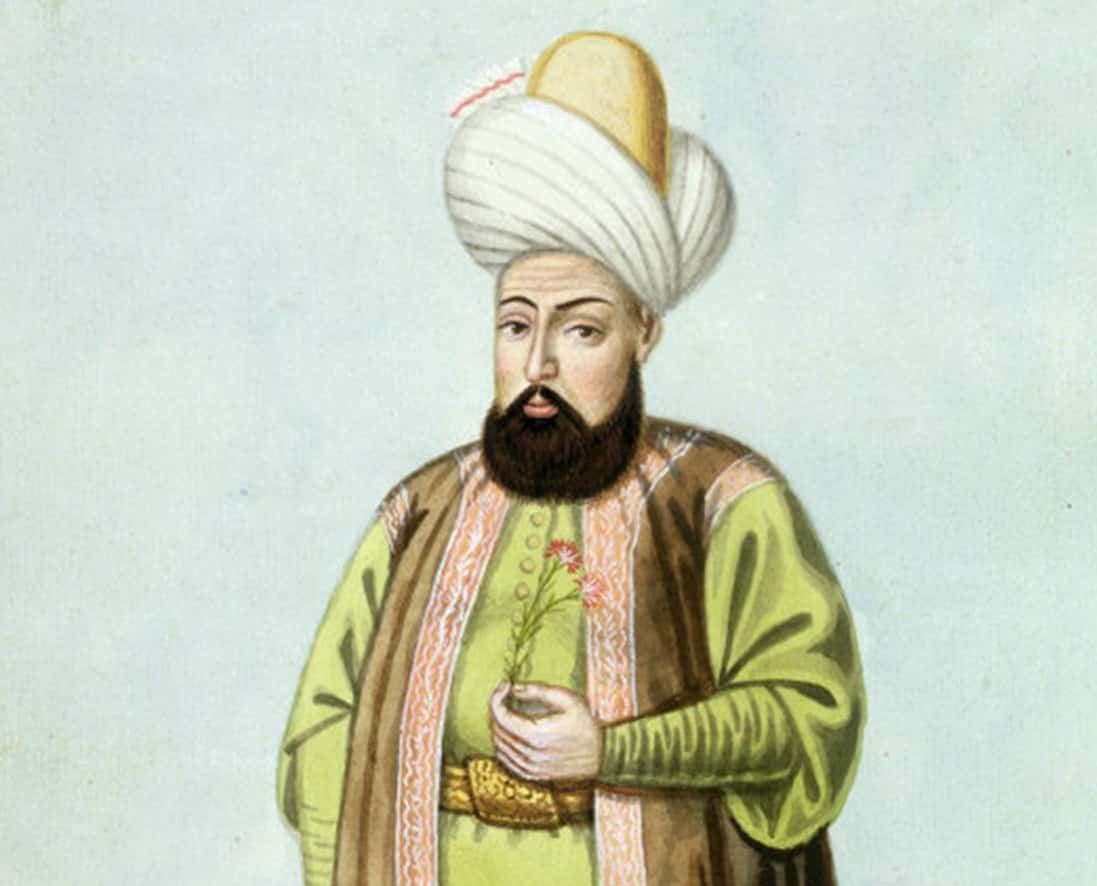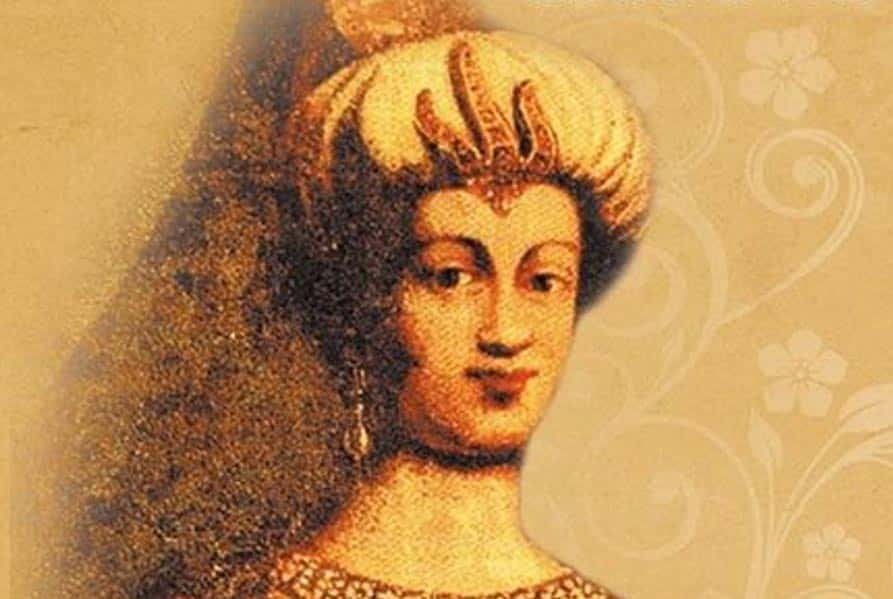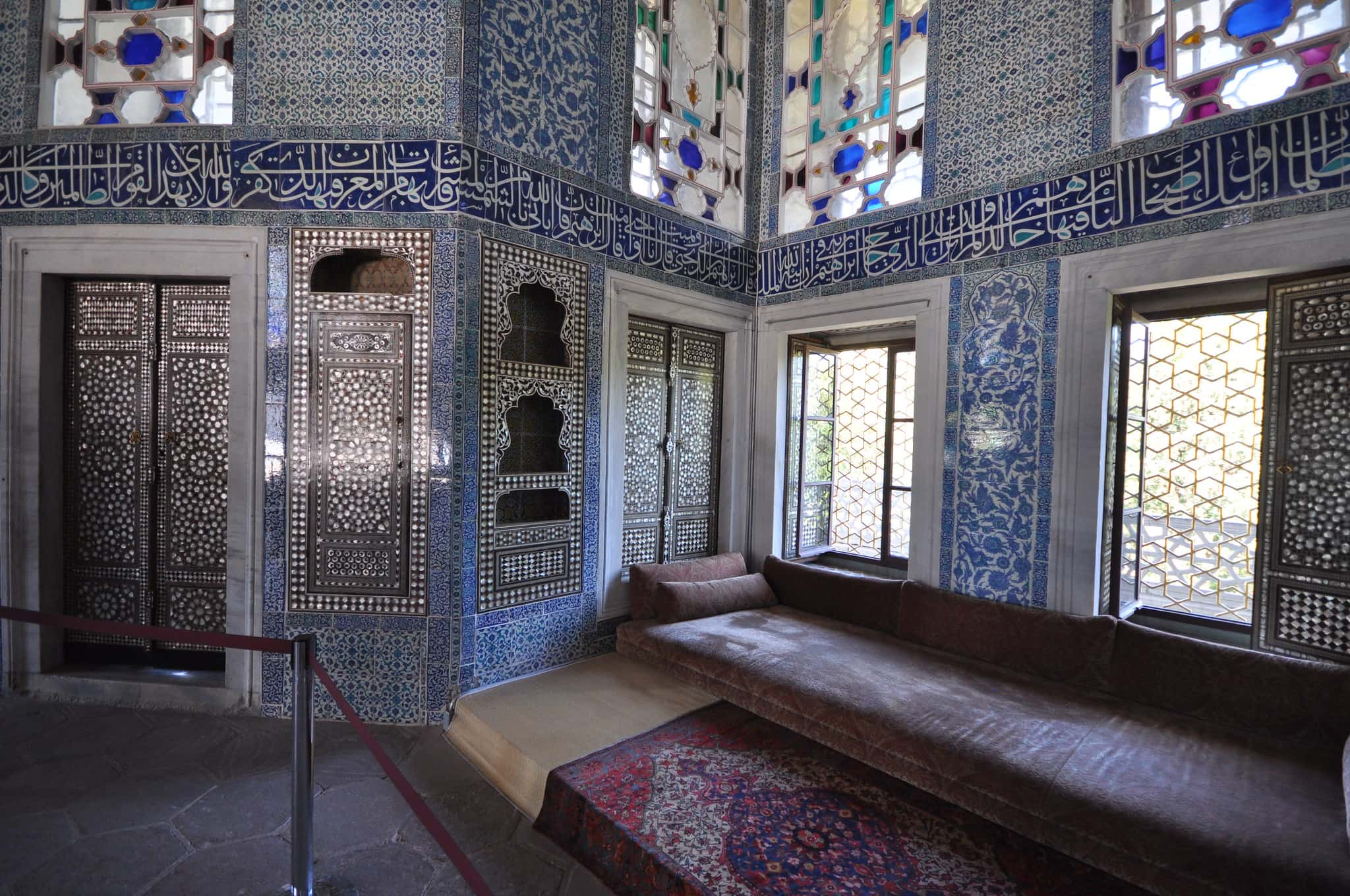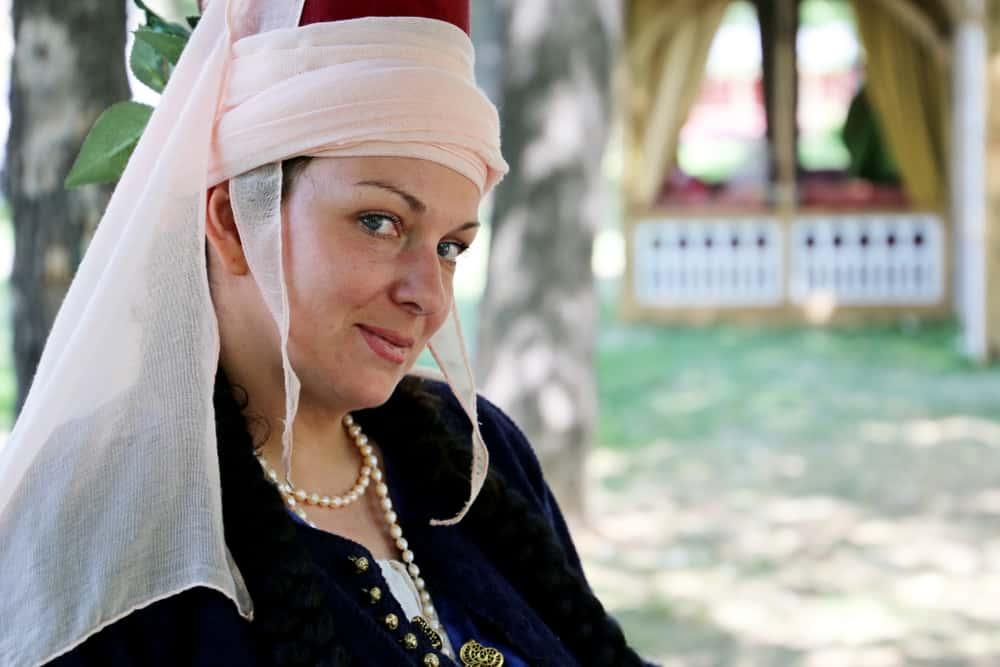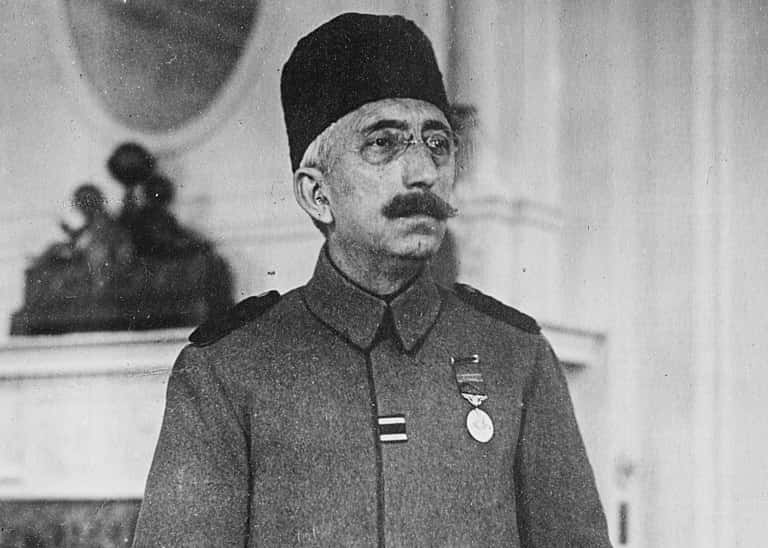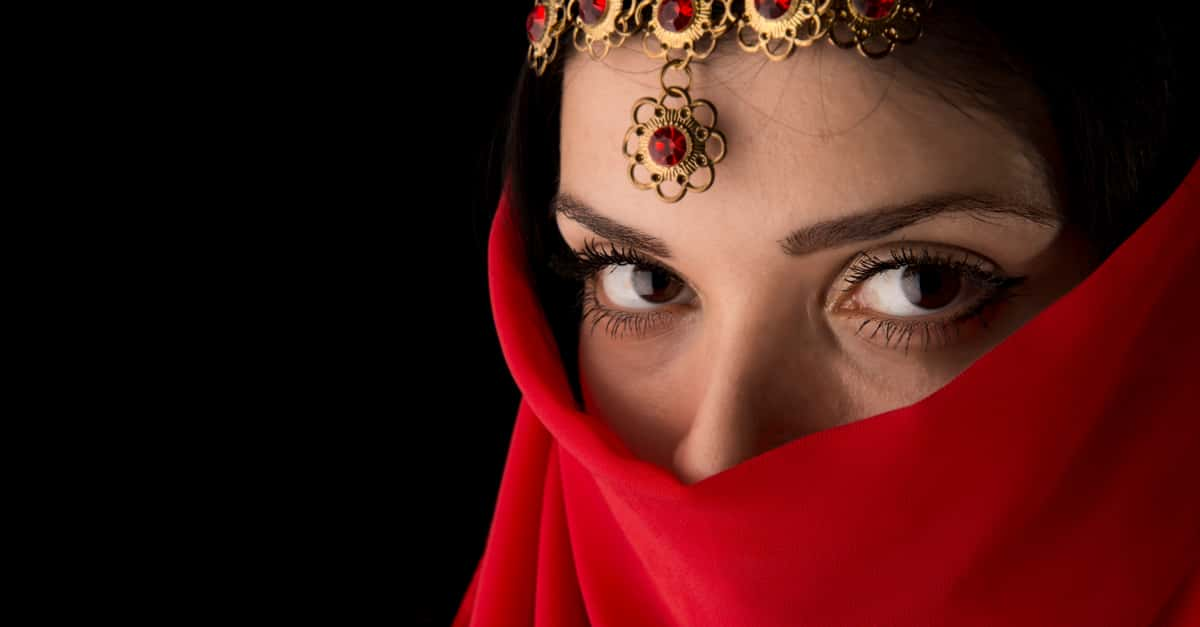Sultans have ruled in many different dynasties, empires, and nations across the world. From the grand, to the important, to the bizarre, here are some facts about the different Sultans that have reigned throughout history.
Sultans Facts
37. Roots
Though the term "sultan" refers to a sovereign ruler, it is distinct from "king," as it is restricted to Muslim countries. The word was originally derived from an abstract noun meaning “authority” and “strength,” and was eventually adopted as a title for rulers who declared their sovereignty but did not proclaim themselves a "caliph," a spiritual successor to the Prophet Muhammad.
36. Changing With The Time
Today, we think of a sultan as a singular ruler, but the usage of the word has evolved over time. Both the sultan’s children and main consort were also often bestowed the title. In modern times however, the title of sultan has fallen out of favor with Muslim rulers. King is now used more frequently, as it emphasized secular authority more than "sultan."
35. Titles Unlimited
Ottoman rulers were often referred to with an honorific nickname as well as the title sultan, such as Sultan Suleiman the Magnificent. However, in Turkey today they do not refer to Ottoman leaders as sultans, and instead use the term padishah.
34. Sultan of Islam
The first Ottoman ruler to be considered a caliph was the sultan Selim I, who was responsible for advancing the empire’s realm over the Middle East, making it protectorate over the Islamic holy lands. Selim acquired the nickname "the Grim" during his rise to power, as not only did he eliminate his father in order to clear his path, but he also killed many of his male relatives to ensure there was no one to challenge his claim to the throne.
33. Pick Your Head Up
During his western conquests, Selim’s army was known for their brutal tactics. After defeating the Mamluk Sultanate of Egypt, 800 Mamluks were captured, beheaded, and had their bodies chucked in the Nile River for a swim. The Ottomans weren’t done though, and they placed the heads on pikes, which were then used to surround Selim's camp.
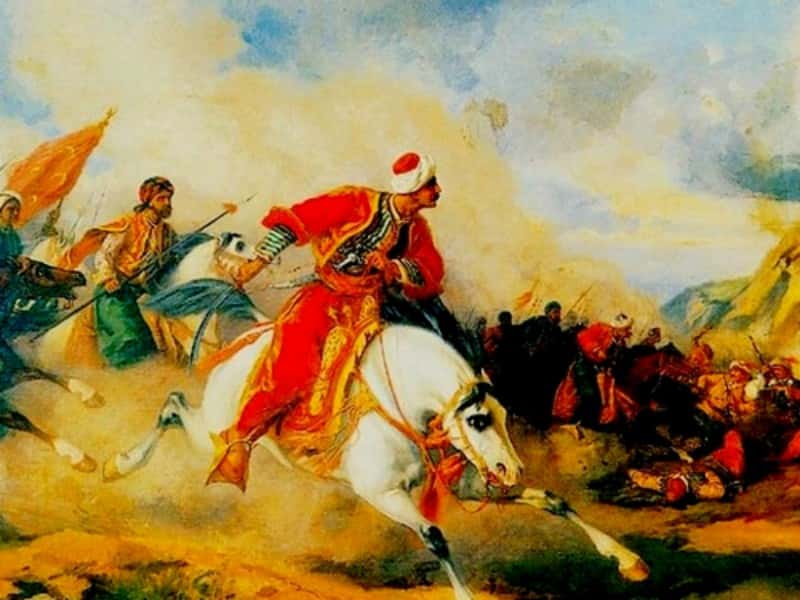 Wikimedia Commons
Wikimedia Commons
32. The Magnificent One Comes
After only eight years of control over the Ottoman Empire, in which time it expanded by two and a half times, Selim the Grim died and his son Suleiman the Magnificent assumed power. Now known as the most powerful and decorated sultan in all of Ottoman history, he reigned for 46 years with unparalleled control over the empire after successfully centralizing power into his hands. As he rose to such heights that he knocked on the door to Europe and many across the continent feared they would fall to the Turks.
31. Moon Diamond
The Topkapı Palace in Istanbul is one of the oldest surviving palaces in the world, dating back to 1478. At over 400,000 square meters, with 400 rooms and as many as 300 concubines in the harem alone, over 4,000 people called it home at any given time. This palace still houses the 4th largest diamond in the world, known as the Spoonmaker’s Diamond, which is believed to have been commissioned by Sultan Mahmud II—though this is still debated.
30. High Art
Suleiman the Magnificent’s reign is known as the Golden Age of the Ottoman Empire, as not only did their territory expand from Vienna to eastern Iran, but they controlled trade between Asia, Africa, and Europe, all while art flourished and culture grew. However, Suleiman can't take sole credit for the blossoming of art and architecture, as it was instead his wife Hürrem Sultan and daughter Mihrimah Sultan, who commissioned many of the incredible creations.
29. Power by Proxy
Hürrem Sultan holds an interesting position in the history of the Ottoman Empire, as Suleiman broke tradition and became the first sultan to marry a concubine, and is one of only two to ever officially take a wife. As Suleiman was often away on campaigns, Hürrem held a high degree of power, occasionally acting on his behalf, and she was the first woman to move into the Topkapı Palace.

Sign up to our newsletter.
History’s most fascinating stories and darkest secrets, delivered to your inbox daily. Making distraction rewarding since 2017.
28. The Sultan, The Poet
Suleiman the Magnificent was also a poet, and he published his work under the pseudonym Muhibbi, meaning “lover.” Through his poems we know about his great love for Hürrem, as they could sometimes get quite mushy. Under his rule, poetry enjoyed the privilege of being encouraged like never before, or ever again, in the region of Anatolia.
 Shutterstock
Shutterstock
27. Shakespearean Stature
Suleiman gained so much power and fame during his time as Sultan of the Ottoman Empire that even 30 years after his death, William Shakespeare gave him a call-out in his play The Merchant of Venice, in regards to his military prowess.
26. Welcome
As the Iberian peninsula expelled Jews from their region, the Sephardic Jews went into a widespread diaspora, but with antisemitism not limited to the Spanish, they didn’t have many places to go. In came the Ottomans, and in 1492 Sultan Bayezid II sent the Ottoman Navy to rescue and help evacuate 150,000 jews from the Spanish Inquisition.
25. Opportunity Knocks
Bayezid wasn’t simply interested in being kind to Jewish refugees, however—he also saw the rescue as an opportunity, as the Jewish community had established themselves as intellectual elites. Realizing the chance in front of him, he said of his Spanish rivals Ferdinand II “You venture to call Ferdinand a wise ruler, he who has impoverished his own country and enriched mine!”
24. To Kill a Child
Succession games were no joke in the Ottoman Empire, and often times Sultans had their own children murdered. Suleiman was no different, and after his eldest born son, Mustafa, had been accused of plotting against him—by Hürrem, as Mustafa was not her child—he watched as his eunuch guards strangled his son to death after he had entered the sultan's tent.
23. Women in Cages
As old as the Ottoman Empire itself, the imperial harem was the one thing that remained unchanged as the Ottomans evolved and extended their power over time—meaning that the desire to dominate women was ever unchanging. Living their lives in a decadent prison, the women of the harem were at the disposal of the Sultan, and even traveled with him wherever he went. However, in a moment of turned tables during the 16th and 17th centuries, women of the harem had considerable influence, and this time has come to be known as "The Sultanate of Women."
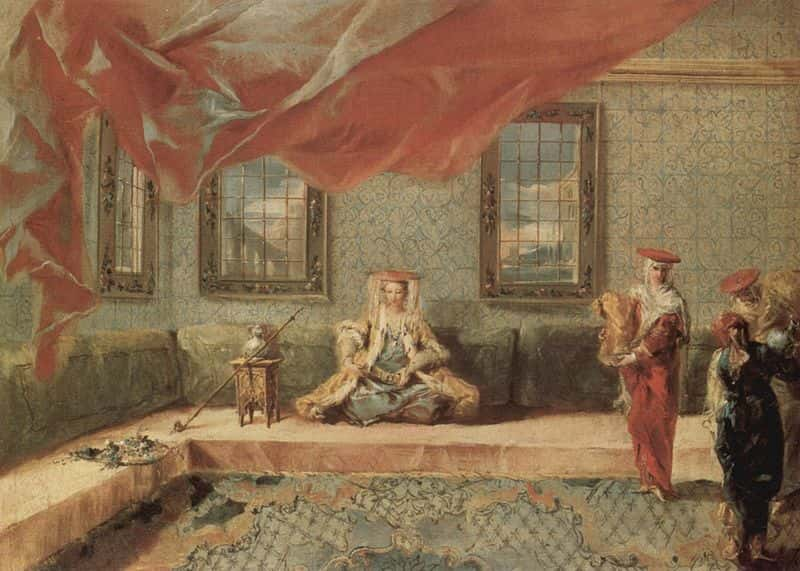 Wikipedia
Wikipedia
22. Di Vinci Denied
The Galata Bridge spans across the Golden Horn of Istanbul and was built in 1845. However, it could have been built in 1503, when Sultan Bayezid II was considering building a bridge on the Golden Horn and solicited none other than Leonard de Vinci to design it. After creating the blueprints for what would have been the world’s longest bridge, the sultan wasn’t happy and scrapped the plans altogether.
21. Creating an Empire
The grandson of Osman, Murad I, was responsible for bringing the Ottoman dynasty into Europe and establishing the sultanate. He expanded into the Balkans, and became so powerful that he forced the Byzantine Emperor to pay him tributes. However, after he died in battle with the Serbs, the empire was forced to withdraw back to their roots and focus their sights on collapsing a weak Byzantine Empire to their East.
20. Special Guards
Sultans had their children through the women of the harems, and in order to ensure that the children were legitimate, they only allowed eunuchs to guard the imperial harem, so there was no risk of a guard fathering a child.
19. Sultans in India
For over 300 years, the Sultanate of Delhi ruled over large portions of the Indian subcontinent. The first of these sultans was Qutbu I-din Aibak, who was actually a former slave of Muhammad Ghori, the sultan of the Ghurid dynasty that laid the foundation of Muslim rule in India. Talk about moving up in the world!
18. Slave Empire
As Muhammad Ghori was setting up his dynasty in India in the early 13th century, he was assassinated and a bitter power struggle ensued between three of his Turkic slaves, with Qutbu I-din Aibak coming out on top. He founded the Mamluk dynasty of India, as Mamluk meant slave.
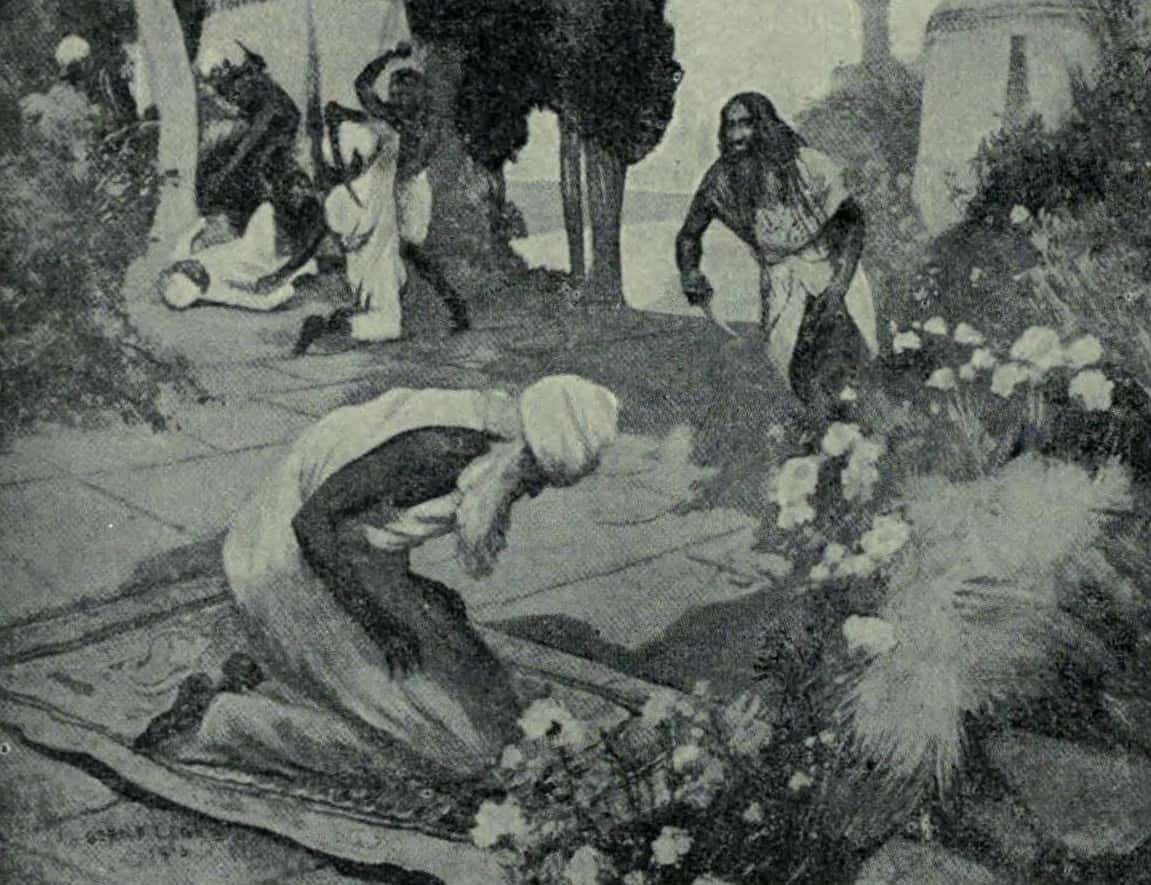 Wikimedia Commons
Wikimedia Commons
17. Alexander The Great, Resurrected
Alauddin Khilji was a sultan of Delhi who was famed for his persistent warmongering and expanding the sultanate over vast distances between 1296 and 1316. Considered a hero for somehow defeating the Mongols several times, he wasn’t the most humble man, and he referred to himself as the Second Alexander, taking the title of “Sikander-i-Sani.”
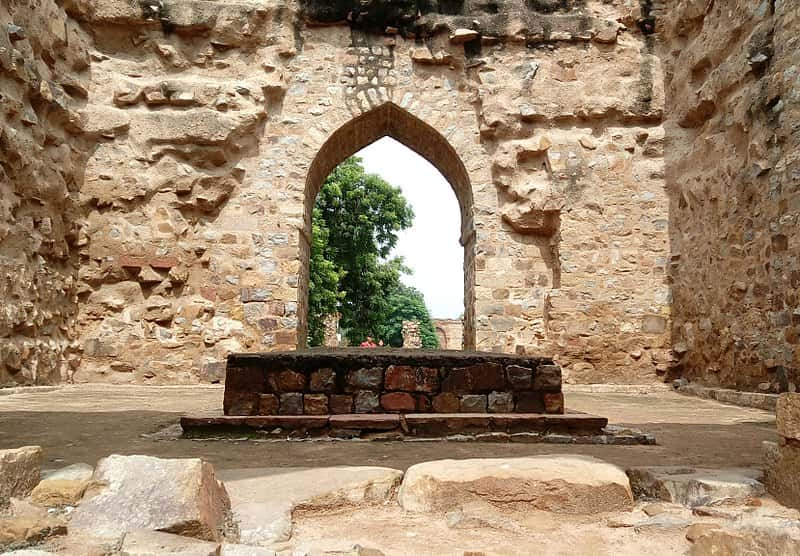 [/media-credit] Tomb of Alauddin KhiljiWikimedia Commons, Kaavya Sudhakar Tomb of Alauddin Khilji
[/media-credit] Tomb of Alauddin KhiljiWikimedia Commons, Kaavya Sudhakar Tomb of Alauddin Khilji
16. Can’t Trust Anyone
Alauddin Khilji rose to power after killing his uncle/father-in-law, who was the founder of the Khilji dynasty. After his conquest of Gujarat, in western India, he took in a slave named Malik Kafur who he thought had potential. Malik rose through the ranks rapidly and went on to become the mastermind behind many of Alauddin’s subsequent conquests—until he tried to install a puppet-sultan and take all the power for himself.
15. Still Going
Malaysia still uses the term Sultan to this day. Nine of the country's 13 states are lead by a Sultan, who is responsible for wielding power over their given territory as the Head of State and Head of Islam.
14. Power Status
Malaysian sultans wield a good deal of power, but it isn’t what it once was. It took until 1993 for the removal of a sultan’s legal immunity to take place. Before then, no civil or criminal proceedings could take place against the rulers. Though the right to sue a ruler is limited to Malaysian citizens, and the proceedings can only take place with the approval of the Attorney General and at a Special Court, at least a citizen can take a stand if need be.
13. Spread The Word
One of the most symbolic and important treaties a Sultan made during the reign of the Ottoman Empire was the Treaty of Küçük Kaynarca, which was a peace treaty between Catherine the Great of Russia and Sultan Abdülhamid I. Although the Ottomans officially ceded control of Crimea to the Russians, it gave them authority over Muslims in Russia, and it set a precedent for Sultans attempting to create a Pan-Islamist movement.
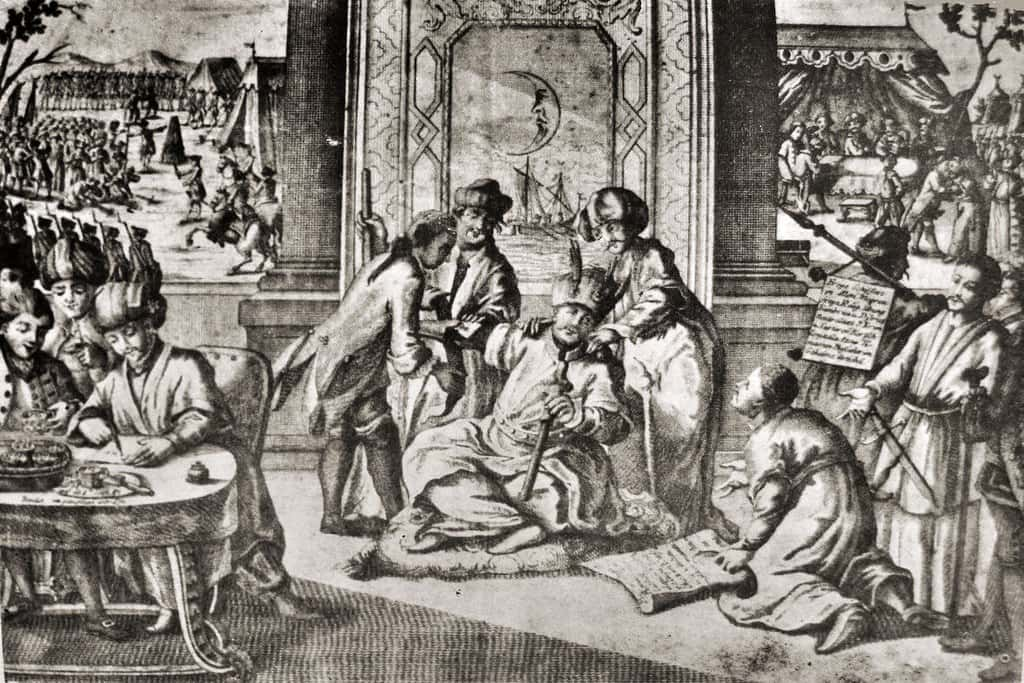 Wikimedia Commons
Wikimedia Commons
12. Leader of the Pack
Osman Gazi was the leader of the Ottoman Turks, and the man responsible for establishing the Ottoman dynasty, which of course would develop into the Ottoman Empire. The empire takes his name, as Ottoman is a derivation of Osman. He was from Bithynia in northern Anatolia, which was at a vulnerable location of the Byzantine Empire, allowing him to easily attack the weakening empire and set his clan up for a bright future.
Haberler
11. Missing in History
For some reason, solid information about Osman I is almost entirely absent from history. It took the Ottomans over 100 years after his death to begin recording his life, and there are no surviving written sources from the time of his reign, leading to what many historians refer to as the “black hole” in Ottoman history.
10. The Modern Sultan
Sultan Abdülaziz was a man of firsts. He was the first Ottoman Sultan to travel to Western Europe, as he admired their modern advances, he built an Imperial Museum in Istanbul, created the first postage stamps, and established the first Ottoman railway networks. However, all of this, coupled with his love for the Navy and work to modernize the Ottoman fleet, led to severe financial issues, which triggered the Great Eastern Crisis, and the subsequent devastating Russo-Turkish War. Abdülaziz was eventually deposed, and his nephew, Murad V, took his place as sultan.
9. Next Up
Sultan Murad V was severely unstable, and there were fears that people would want his uncle to reclaim the throne. As Murad's health took a turn for the worst, an order to assassinate Abdülaziz was passed down, but not in any ordinary way. The plan called for Abdülaziz to kill himself by slitting his wrists with a pair of scissors, which is exactly what he did on June 5th, 1876. It was all for naught, however, as Murad V's reign would only last for 93 days before he was deposed in favor of his brother, Abdul Hamid II—who would, in turn, be the last effective sultan of the weakened Ottoman Empire.
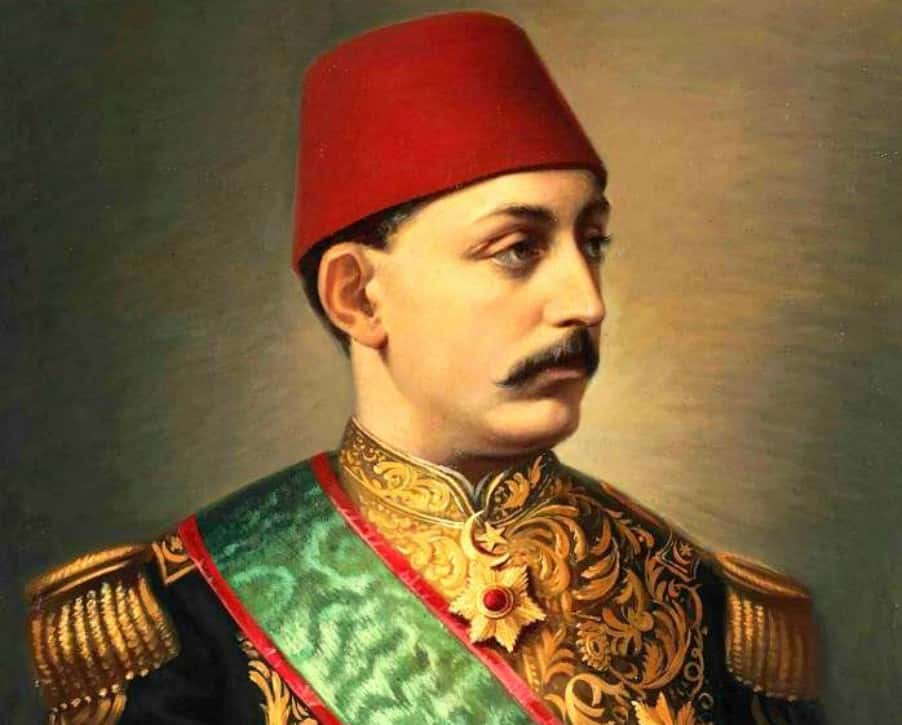 Wikipedia
Wikipedia
8. Descent of Empire
Abdul Hamid II ushered in the age of modernization to the Ottoman Empire and region of Anatolia, but it came at a high price of blood. As the empire was struggling, he dissolved the parliament and asserted himself as supreme leader. He acquired the nickname of Abdul the Damned, as he used secret police to quiet dissenters, and committed a genocide against the Armenians in the empire. This massacre wasn’t limited however, and it came to encompass the Greeks and other Christians as well.
7. Bad Moves
Mehmed V was the sultan responsible for bringing the downfall of the Ottoman Empire, first by getting involved in the First Balkan War, and then by entering into World War I. He is most famous for declaring a jihad against all of the allied powers in 1914, a decision which wouldn’t work out so great for him.
6. Dream Story
The story about a dream the old Sultan Osman I had while staying in the house of a local leader—whose daughter he later married—became a foundational myth for the creation of the Ottoman Empire.
5. Taking Power
After the death of a Sultan named Ahmed I, his favorite harem woman Kösem—which was the name Ahmed gave her, meaning “sheep leading the herd”—spent some time tending to the wellbeing of her children before taking reins of the Ottoman empire. As a merciless ruler, she disposed of political enemies with ease and became the most powerful woman in the empire's history, until she herself was killed by the mother of one of her grandsons. Kösem’s control was so powerful that after she died, the Ottomans came to the decision to not give women the right to rule over their empire any longer. This marked the end of the period in the Ottoman Empire where women took an influential role in the Topkapi Palace, and they became even further relegated to subjects and possessions of the sultan’s rule.
4. Ibrahim the Mad
Sultan Ibrahim I was confined to the Ottoman Kafes, essentially a decadent prison in the Harem, for most of his life. The young men who were essentially trapped within the Harem lived extremely tense lives, and might be killed at any moment because of their threat to the reigning Sultan's power; they often left the Harem only to meet their doom. So when Ibrahim was finally released and given the title of Sultan, he was far from ready for it. Living his entire life in fear, he didn’t initially believe he was being released until he saw the body of his dead brother, the former sultan. But he took his new found position and ran with it, sleeping with a purported 24 women per day, and having 18 children in the first seven years of his rule.
 Wikipedia
Wikipedia
3. Sex and Drowning
Suffice it to say, Ibrahim was obsessed with sex. He essentially remade his royal residence into a wild orgy palace, placing mirrors throughout the entire castle and chasing naked women around in the garden. But he was also a jealous man, and once drowned 278 concubines in the Bosphorus Strait on the suspicion that one of them was not faithful to him.
2. Sexual Experiment
Ibrahim was so obsessed with sex that he formulated his own theories on pleasure. After coming across a cow’s vulva on one occasion, he became curious whether the limits of pleasure one can experience were related to one’s size. Naturally, he then had his messengers scour the empire for the largest woman they could find. Taking on the nickname of "Sugar Cube," the Armenian woman they brought back weighed 330 pounds and quickly became his favored concubine. Still no word on the experiment though. Oh, and Sugar Cube was the one that created the rumor about another concubine having an affair with an outsider.
1. The Last Sultan
The last of Ottoman sultans was Mehmed VI, who took over an empire in rapid decline in 1918, at the end of World War I. He reigned for only four years. At the end of his rule, the Ottoman Empire, known then as "the sick man of Europe," was dissolved, and he was exiled, forever closing the chapter of Ottoman sultans in history.
Sources: 1, 2, 3, 4, 5, 6, 7, 8, 9, 10, 11, 12, 13, 14, 15, 16, 17, 18, 19, 20, 21


